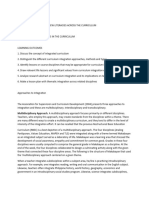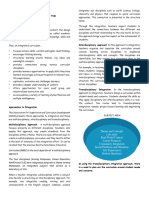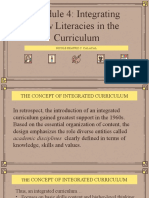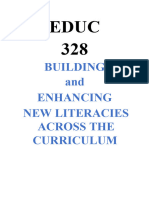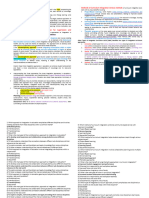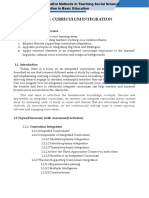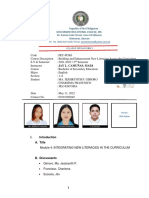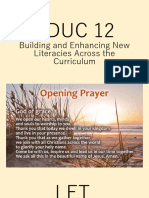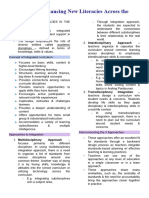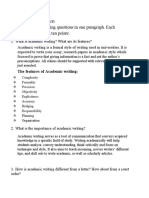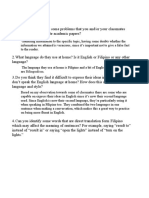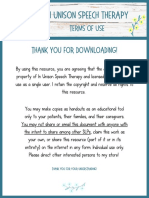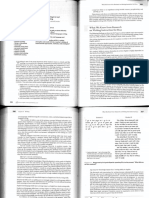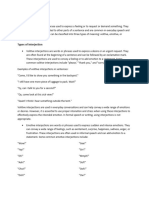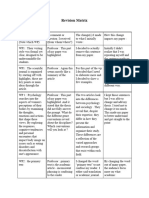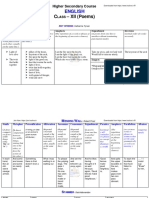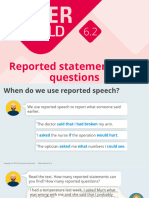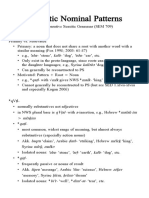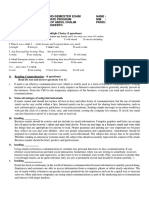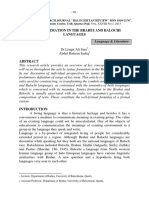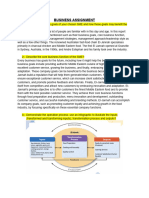0% found this document useful (0 votes)
33 views9 pagesIntergrating New Literacies
The document discusses the importance of integrated curriculum in education, emphasizing that subjects should not be taught in isolation but rather in a way that promotes the total development of the child. It outlines three approaches to integration: multidisciplinary, interdisciplinary, and transdisciplinary, each with distinct characteristics and methods, such as project-based learning and service learning. The benefits of an integrated curriculum include enhanced student engagement, deeper understanding of content, and the accommodation of various learning styles.
Uploaded by
Vy AlbaricoCopyright
© © All Rights Reserved
We take content rights seriously. If you suspect this is your content, claim it here.
Available Formats
Download as DOCX, PDF, TXT or read online on Scribd
0% found this document useful (0 votes)
33 views9 pagesIntergrating New Literacies
The document discusses the importance of integrated curriculum in education, emphasizing that subjects should not be taught in isolation but rather in a way that promotes the total development of the child. It outlines three approaches to integration: multidisciplinary, interdisciplinary, and transdisciplinary, each with distinct characteristics and methods, such as project-based learning and service learning. The benefits of an integrated curriculum include enhanced student engagement, deeper understanding of content, and the accommodation of various learning styles.
Uploaded by
Vy AlbaricoCopyright
© © All Rights Reserved
We take content rights seriously. If you suspect this is your content, claim it here.
Available Formats
Download as DOCX, PDF, TXT or read online on Scribd
/ 9

















